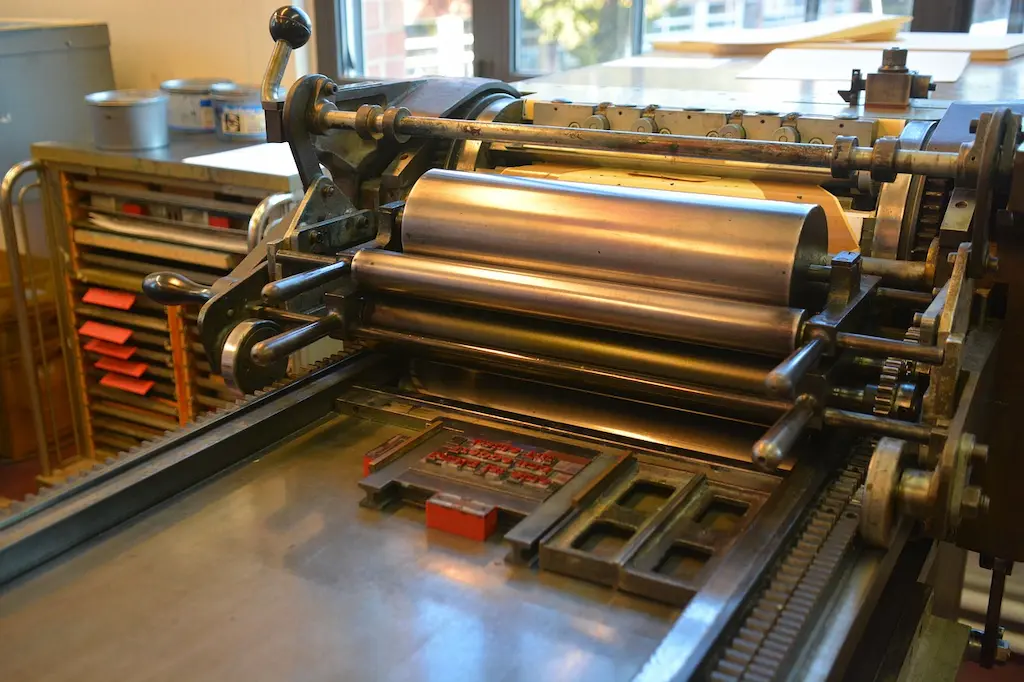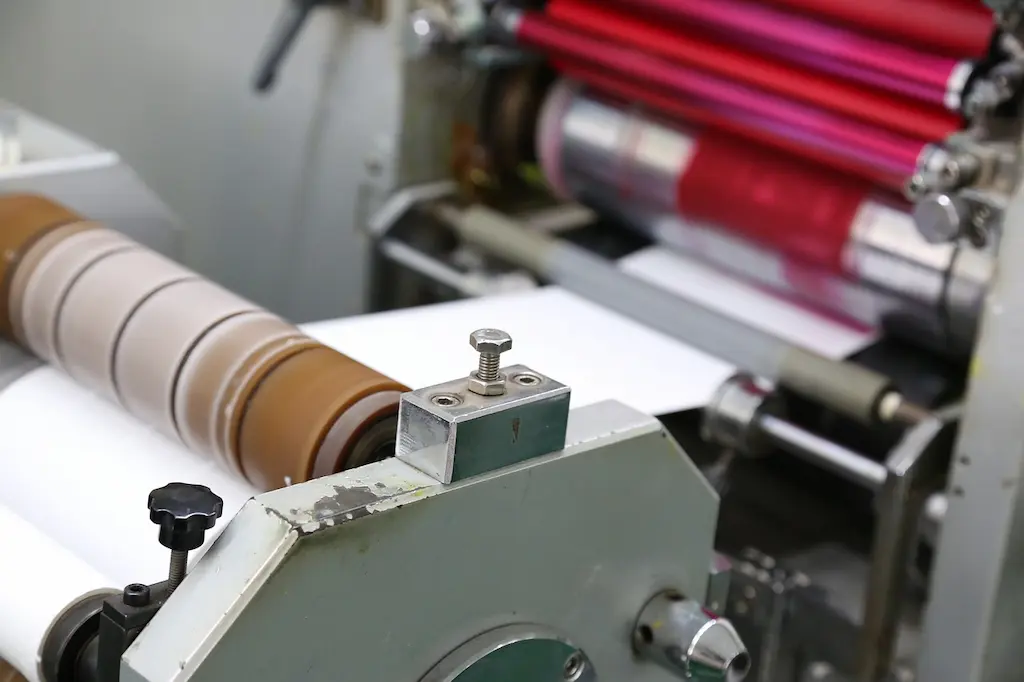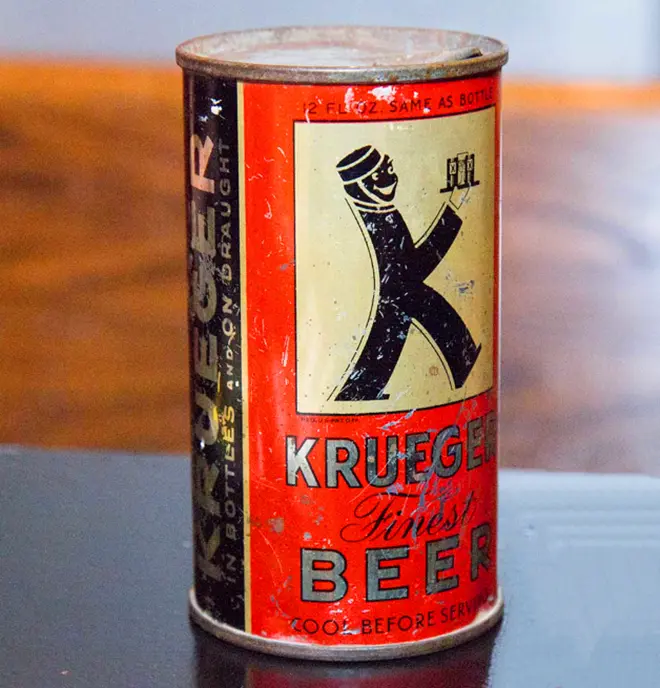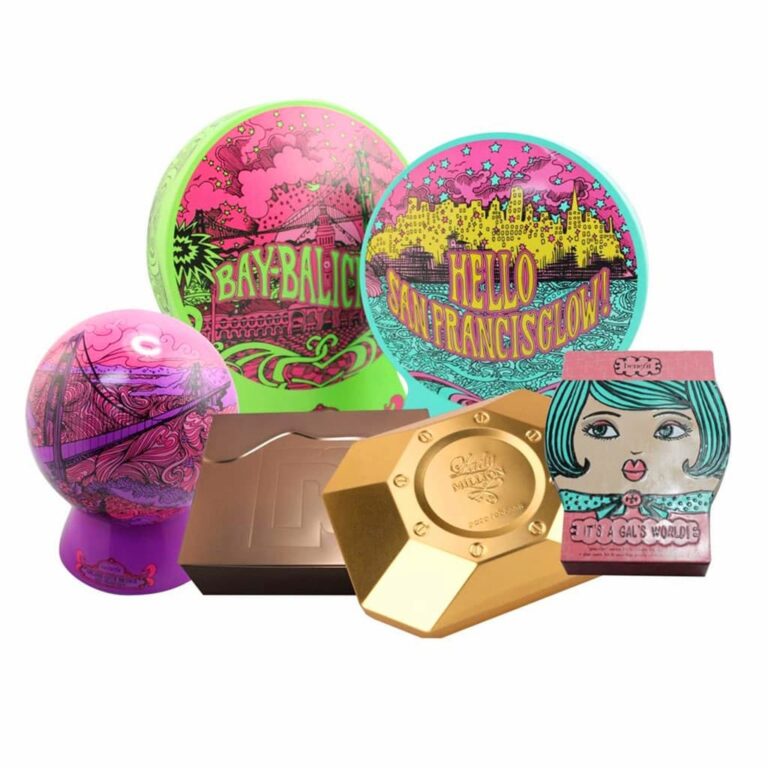What Is Offset Printing?
Offset printing is a tried and true printing method that allows for the production of high-quality printed materials at an affordable price. By transferring ink from a plate to a rubber roller before printing on the desired surface, this technique is able to produce crisp, clear images and text that are perfect for a wide range of products, including custom-printed tin boxes, carton boxes, magazines, and more.
Offset printing, a technology originally developed in 1875 for printing on tin, has come a long way over the years. Its fascinating history has seen it evolve and improve significantly, making it a vital tool in the modern tin industry and beyond. With its ability to produce high-quality prints quickly and efficiently, offset printing has become an integral part of the printing industry. Whether it’s for printing marketing materials, tin boxes, aluminum bottles, books, or packaging, offset printing continues to be a reliable and effective way to produce professional-grade printed materials.

Modern Offset Lithography
Offset printing, also known as lithography, is a widely used method of printing that produces high-quality results at an economical cost. It is commonly used to print a variety of materials including tin cans, tin boxes, aluminum bottles, gift boxes, magazines, brochures, stationery, and books. The process of offset printing involves a series of steps, including prepress production, which ensures that all files are correctly processed and converted to CMYK, and the creation of plates for each color according to the job being run on the printing press. Modern offset printing techniques, such as computer-to-plate systems, have further enhanced the quality and efficiency of the process. So next time you come across a beautifully printed publication or piece of packaging, chances are it was produced using offset printing.
Offset Metal Lithography
Metal Lithography is a cutting-edge technology that revolutionizes the metal packaging industry. With its advanced four-color, six-color, and nice-color printing lines, it allows tin manufacturers to significantly increase their output per labor hour and deliver high-quality products to customers in just four to five weeks.
Utilizing state-of-the-art equipment, including energy-efficient high-speed coating equipment and the latest pre-press and plate-making technology, Metal Lithography empowers tin manufacturers to achieve unparalleled quality and capabilities in flat sheet decorative packaging. Overall, it is a powerful tool that helps tin box manufacturers stay ahead of the competition and meet the demands of an ever-evolving market.
How Offset Printing Works?
Offset printing is a commonly used printing method that involves transferring ink from a plate to a rubber blanket and then onto a printing surface. The process begins by creating a printing plate, which is a thin sheet of metal or polymer that is coated with a light-sensitive emulsion. The design to be printed is then transferred onto the plate using a high-resolution digital image, and the plate is exposed to a light source. The light hardens the emulsion, while the areas that are not to be printed remain soft and are later washed away, leaving a raised image on the plate.
Next, the plate is mounted onto a press, where it is inked up with wet ink. A roller system transfers the ink from the plate to a rubber blanket, which then transfers the ink to the printing surface. The printing surface can be a variety of materials, including tinplates, steel sheets, aluminum sheets, paper, cardboard, or plastic. The inked image is then transferred onto the printing surface, and the final product is left to dry.

The Benefits of Offset Printing
Offset printing has a number of benefits that make it a popular choice for printing a wide range of materials. Some of the main benefits of offset printing include:
- High quality: Offset printing produces high-quality prints with sharp, detailed images and clean lines.
- Economical: Offset printing is more economical than other printing methods when producing large quantities of materials.
- Versatility: Offset printing can be used to print a wide range of materials, including paper, cardboard, and plastic.
- Consistency: Offset printing produces consistent results with accurate color reproduction and minimal variations between prints.
- Efficiency: Offset printing is a fast and efficient method of printing, with the ability to produce large quantities of materials quickly and accurately.
- Durability: Offset printing produces prints that are resistant to fading and wear, making them long-lasting and suitable for a variety of applications.
The Drawbacks of Offset Printing
While offset printing has many benefits, there are also a few drawbacks to consider. Some of the main drawbacks of offset printing include:
- Initial setup costs: Setting up an offset printing press can be expensive, as it requires specialized equipment and materials.
- Minimum quantity: Offset printing is most cost-effective when producing large quantities of materials. If you only need a small number of prints, it may be more cost-effective to use a different printing method.
- Longer turnaround time: Offset printing can take longer than other printing methods, as it involves a series of steps including plate creation, ink setup, and drying time.
- Limited customization: Offset printing is not well-suited to printing small quantities with a high degree of customization, as it requires the creation of printing plates for each color and design element.
- Limited tinplate options: Offset printing is typically limited to printing on flat, uniform surfaces, which limits the types of tinplates that can be used.
Why Recommend Offset Printing?

Offset printing is a reliable and cost-effective way to produce high-quality packaging that truly stands out. With the ability to print on a variety of materials and a wide range of color options, offset printing allows you to create packaging that meets your exact specifications and exceeds your expectations. In most cases, offset printing is the most economical choice for producing packaging in quantities of more than 5000 pieces. It also offers the added benefit of scalability, allowing you to adjust your production as needed.
With its superior quality, precise color reproduction, and flexibility to print on unique materials, offset printing is a fantastic choice for creating packaging that truly stands out. Whether you’re looking to produce packaging for retail products or any other application, offset printing is a reliable and cost-effective way to get the results you need. So, it can be a good option to consider.
What We Can Do Help?
If you’re considering offset printing for your tin packaging project, you may have a lot of questions about the design, tinplate materials, and pricing. At Tinshine, we understand the importance of packaging in bringing a product to life, and our tin box factory has the knowledge, experience, and expertise to handle even complex packaging challenges with ease. We are true experts in the packaging field and are dedicated to delivering high-quality results that meet your specific needs and exceed your expectations.
When you choose Tinshine for your offset printing needs, we’ll take the time to understand your product, your vision for its packaging, and your brand’s specific tone and style. We’ll work with you every step of the way to ensure that your tin packaging design is brought to life with vibrant and brilliant style. So, if you want to learn more about our comprehensive packaging design and printing services, don’t hesitate to contact us for a free quote. We’ll be happy to help you bring your product packaging vision to life. So, it can be a good option to consider.






